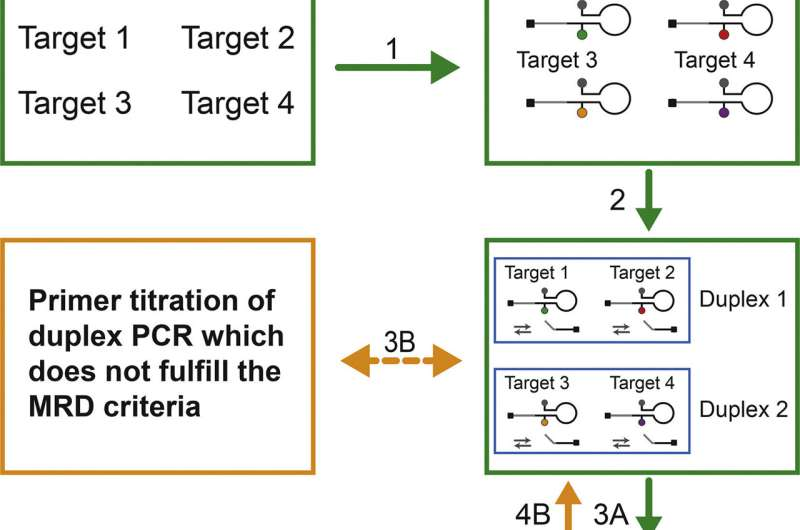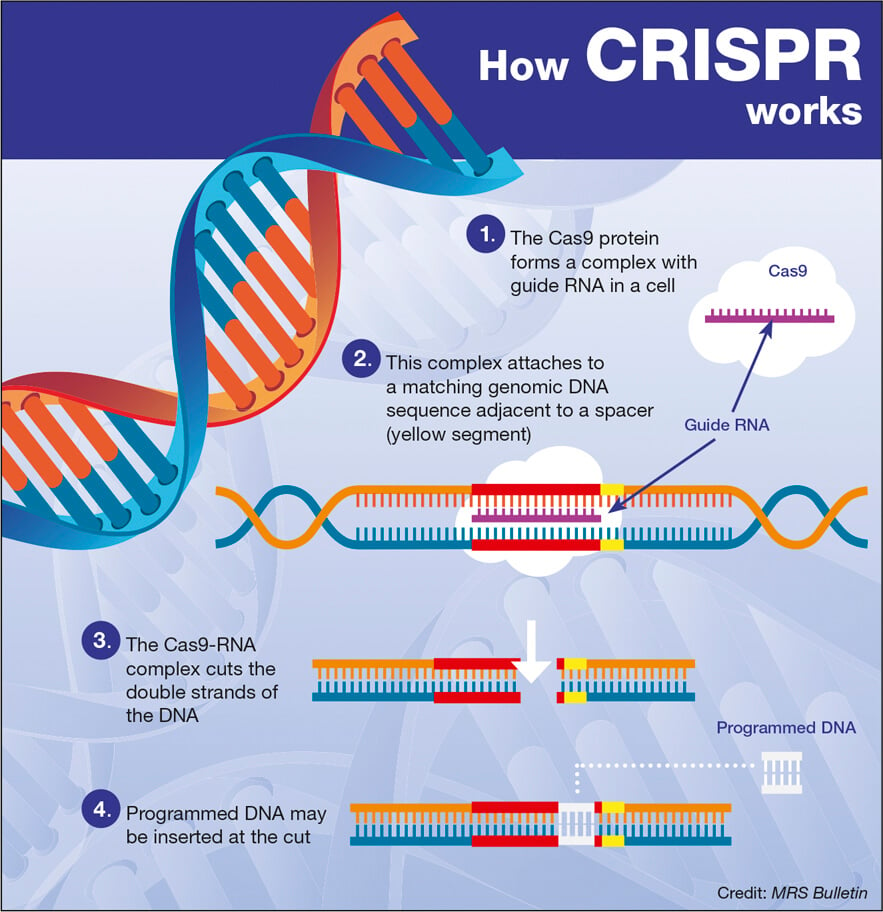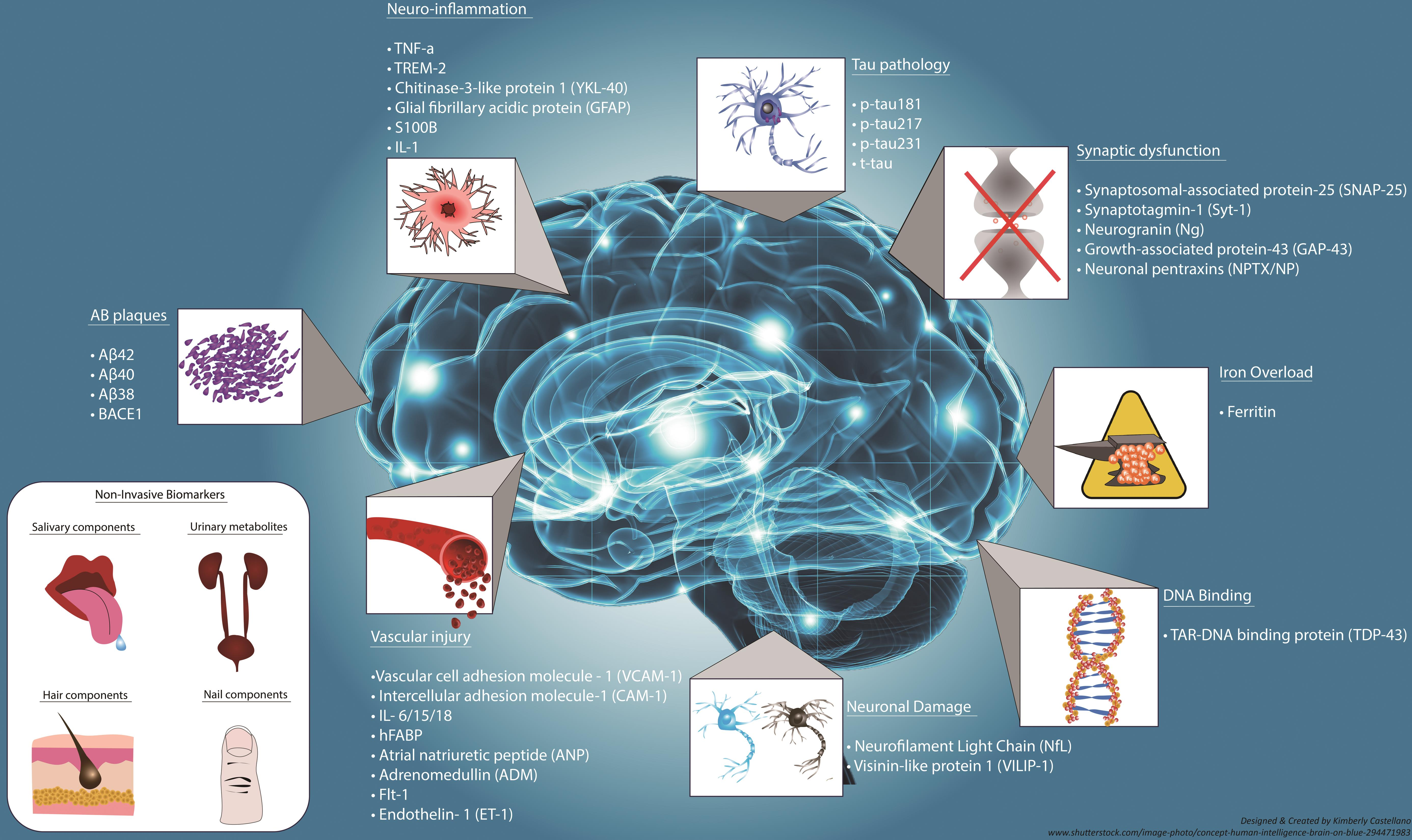
Pediatric Cancer Relapse Prediction: AI’s Impact on Care
Pediatric cancer relapse prediction is an emerging field that harnesses the power of artificial intelligence to enhance patient outcomes. Recent studies have shown that AI tools can significantly outperform traditional methods in predicting the risk of cancer recurrence, particularly among young patients with brain tumors like gliomas. By analyzing multiple brain scans over time, these innovative systems provide crucial insights into glioma risk assessment, allowing for earlier and more accurate risk stratification. This advancement not only alleviates the burden of frequent imaging for families but also paves the way for a more tailored approach to pediatric oncology treatment. As the medical community continues to integrate AI in pediatric oncology, the potential for improved survival rates and quality of care becomes increasingly promising.
In the landscape of childhood cancer management, the ability to foresee a resurgence of malignancies is critical. Relapse forecasting in young patients, especially those diagnosed with tumors such as gliomas, remains a challenging yet vital aspect that can influence treatment pathways. Leveraging modern technology, particularly AI for pediatric cancer management, has opened new avenues for early detection and risk analytics. By employing temporal learning techniques to interpret sequential imaging data, healthcare providers can gain profound insights into tumor behavior and recurrence likelihood. This evolving paradigm represents a significant stride towards personalized medicine and proactive care strategies for pediatric patients.
Advancements in AI for Pediatric Cancer Relapse Prediction
The integration of artificial intelligence in pediatric oncology has opened new frontiers in predicting cancer relapses, significantly improving patient care. Advanced AI tools analyze longitudinal data from multiple brain scans, achieving higher accuracy in predicting the risk of relapse in pediatric patients. Researchers at Mass General Brigham demonstrated that by employing a novel AI approach, healthcare providers can identify at-risk patients much earlier than traditional methods allow.
Such advancements are crucial for conditions like pediatric gliomas, where early detection of potential recurrence can profoundly impact treatment outcomes. The reliance on frequent MRI scans can be distressing for young patients and their families, making AI-driven tools essential not only for better health outcomes but also for reducing the mental and emotional burdens associated with long-term imaging monitoring.
AI-driven methodologies like temporal learning play an instrumental role in these advancements. By analyzing sequences of scans over time rather than single images, researchers have provided the AI with a richer dataset, enabling it to identify subtle changes that might indicate a recurrence. The outcomes of these studies show promise, as the temporal learning model achieved accuracy rates exceedingly higher than conventional methods, highlighting a critical paradigm shift in pediatric cancer care.
Encouragingly, the potential applications of this AI technology are vast. Beyond predicting glioma recurrences, similar AI-driven techniques could be refined and tailored for use across various types of pediatric cancers, enhancing overall prognostic capabilities. As research progresses, the possibility of refining this technology for diverse oncological applications offers hope for more individualized treatment plans and enhanced well-being for pediatric patients.
Temporal Learning and Its Role in Pediatric Oncology
Temporal learning has emerged as a groundbreaking approach in the field of AI for pediatric oncology, particularly in the analysis of brain tumor recurrence. Unlike traditional models that focus on individual imaging studies, temporal learning allows AI systems to assess images taken at multiple time points following treatment. This sophisticated analysis significantly enhances the reliability of predicting whether a patient might experience a recurrence of their cancer.
The application of temporal learning is particularly relevant in tracking pediatric gliomas, where the risks of recurrence vary greatly. By compiling nearly 4,000 MR scans from a diverse cohort of pediatric patients, researchers have demonstrated that AI can learn not just from isolated data points but can instead create a narrative of tumor activity over time. This capability leads to more accurate predictions of glioma risk assessment, potentially changing treatment protocols for children diagnosed with this malignancy.
In practice, this means that pediatric oncologists can tailor follow-up care and monitoring based on an AI-generated risk assessment. For low-risk patients, the AI’s predictive analytics could reduce the frequency of stress-inducing imaging, while high-risk patients could benefit from early interventions with targeted therapies. Such a personalized approach contrasts sharply with the one-size-fits-all methods often seen in oncology, paving the way for a more nuanced understanding of pediatric cancers.
As further studies validate these findings, the integration of temporal learning into routine clinical practice could shape the future of pediatric cancer management. The hope is that AI advancements will empower healthcare professionals to make informed decisions based on comprehensive data analytics, ultimately leading to improved survival rates and quality of life for young patients battling cancer.
Implications of AI in Longitudinal Cancer Management
The implications of utilizing AI in pediatric oncology extend beyond mere predictive capabilities. The incorporation of AI-driven tools for longitudinal cancer management significantly enhances the therapeutic landscape for pediatric patients. Traditionally, monitoring a child post-treatment involves a series of MRI scans; however, integrating AI analysis facilitates a more strategic approach to this process. By understanding each patient’s unique risk profile for relapse, oncologists can make more informed decisions about when and how frequently to schedule scans.
Moreover, this predictive accuracy can lead to safer management strategies for patients deemed at lower risk of recurrence. For instance, children whose scans demonstrate minimal changes over time may experience reductions in imaging frequency, alleviating anxiety and physical burden on young patients and their families. This signifies a shift towards more patient-centered, efficient healthcare, ensuring that interventions are timely and appropriate.
Consistent with the advancements in AI technology, the collaborative research efforts across institutions highlight the importance of interprofessional partnerships in developing innovative solutions for pediatric oncology. By harnessing large datasets and improving algorithms, researchers aim to create more accurate predictive models that can be widely applied in various clinical settings, establishing a new standard for care in pediatric cancer management. The honeymoon phase of innovation should transition into practical implementation, with clinical trials set to validate and refine these AI models, ultimately transforming how clinicians predict and treat tumble recurrences in children.
As evidence mounts regarding the efficacy of AI in predicting pediatric cancer relapses, there lies the potential for broader applications beyond gliomas. This revolution in technology allows for enhanced learning in medicine, driving a deeper understanding of tumor behavior and patient responses. The future of pediatric oncology could see a fundamental transformation as AI tools become integral to clinical decision-making, ensuring that every child receives the most effective and compassionate care possible.
Reducing Parental Anxiety Through Predictive Analytics
One of the significant yet often underestimated aspects of pediatric cancer care is the emotional and psychological burden on families, especially parents. When children undergo treatment for brain tumors, the fear of recurrence looms large. The incorporation of AI tools to accurately predict relapse risk not only enhances clinical outcomes but also provides reassurance to families. Knowing that their child is undergoing advanced monitoring and predictive assessment can alleviate some of the stress that accompanies frequent imaging sessions.
Parental anxiety can affect the whole family’s emotional health, making it crucial to find ways to mitigate this strain. By confidently employing predictive analytics through AI, healthcare providers can offer clearer communication regarding a child’s risk status. This transparency fosters trust and helps families feel more in control of their child’s treatment journey. The dual benefit of enhanced medical care and reduced parental stress creates a more supportive environment for the patient and their family.
Furthermore, as AI continues to evolve, so too will the strategies for engaging families in the care process. Personalized care plans that incorporate predictive analytics can empower parents, giving them a proactive role in their child’s recovery. Through educational initiatives, healthcare teams can equip parents with knowledge about the signs of recurrence and the monitoring process, leading to informed discussions and a collaborative approach to care.
By focusing not just on the clinical aspects but also on the emotional well-being of families, predictive analytics in pediatric oncology becomes more than just a tool; it becomes a cornerstone of holistic care. Future initiatives will need to take these factors into account, emphasizing the psychological dimensions of recovery alongside medical advancements, thus enhancing the overall quality of life for children and their families throughout their treatment journey.
Enhancing Glioma Risk Assessment with AI Technology
The application of AI technology in glioma risk assessment represents a significant leap forward in child cancer care, particularly for those diagnosed with difficult-to-treat brain tumors. By leveraging vast datasets and advanced imaging techniques, researchers have been able to create models that dissect and analyze complex patterns of tumor behavior over time. This level of detail improves understanding of each patient’s individual cancer dynamics and enhances prognostic accuracy, fundamentally changing how clinicians approach treatment planning and follow-up.
AI’s potential to enhance glioma risk assessment lies in its ability to process information much faster than human capabilities. By utilizing algorithms that can analyze sequences of MR scans, clinicians can quickly ascertain how a tumor behaves over time, identifying trends that might go unnoticed through conventional assessments. This capability is crucial in a pediatric context, as it allows for a more nuanced understanding of the disease’s trajectory and enables tailored interventions that may improve outcomes.
Furthermore, the collaboration between AI specialists and oncologists fosters a multidisciplinary approach that enhances treatment pathways. With enhanced risk stratification, clinicians can implement targeted therapies that are aligned with the specific risk profiles of patients, thereby tailoring treatment protocols that optimize efficacy while minimizing side effects. The result is a more personalized approach to pediatric oncology, with AI serving as a catalyst for innovation in the field.
As ongoing research continues to validate these tools, stakeholders within pediatric oncology must prioritize the integration of AI solutions into standard practice. Investments in technology will not only enhance the capabilities of healthcare professionals but also contribute to improving survival rates and long-term outcomes for children facing a diagnosis of glioma. Through comprehensive strategies that encompass predictive modeling, healthcare professionals can ensure that pediatric patients receive the most effective and individualized care possible.
Future Directions in Pediatric Cancer Monitoring with AI
The future of pediatric cancer monitoring is poised for transformation with the continuous evolution of AI technologies. As researchers delve deeper into the intricacies of cancer behavior through longitudinal studies, the capabilities of AI systems will only improve. By refining algorithms and incorporating more patient data, the potential for accurate prediction of pediatric cancer relapse becomes increasingly attainable, allowing clinicians to anticipate changes that require immediate intervention.
Moreover, as AI applications become more mainstream in pediatric oncology, there will be greater emphasis on standardizing these tools within clinical practice. By establishing guidelines and protocols for utilizing AI in monitoring cancer progression, healthcare facilities can adopt a unified approach, ensuring that every child has access to the latest advancements in cancer care. This standardization will facilitate the integration of predictive analytics in routine clinical decision-making, ultimately improving patient outcomes.
The convergence of technology and medicine also raises exciting possibilities regarding the development of real-time monitoring systems. Future AI applications could integrate data from wearable technologies and mobile health applications, creating a comprehensive monitoring ecosystem that continuously evaluates a patient’s health status. This innovation would elevate the standard of care further by ensuring timely responses to dynamic changes in a patient’s condition.
In conclusion, the promising landscape of AI in pediatric oncology signals a new era in cancer monitoring and management. As researchers continue to innovate and develop sophisticated predictive models, the focus will remain on achieving improved survival rates and the overall quality of life for pediatric patients battling cancer. Continued collaboration between technology developers and clinical practitioners will drive these advancements forward, ensuring that every child is provided the best possible care.
Frequently Asked Questions
What is pediatric cancer relapse prediction and how does it work?
Pediatric cancer relapse prediction refers to the techniques used to forecast the likelihood of cancer returning in children after treatment. In particular, recent advancements in AI, such as the temporal learning model, have significantly improved predictions by analyzing multiple brain scans over time, thus providing more accurate assessments of relapse risks in pediatric brain tumors like gliomas.
How does AI in pediatric oncology enhance relapse prediction for brain tumors?
AI in pediatric oncology enhances relapse prediction for brain tumors by utilizing advanced algorithms capable of analyzing complex patterns in medical imaging data. Specifically, AI tools designed for pediatric cancer relapse prediction can evaluate sequential brain scans, which helps identify minute changes that signify potential recurrence, offering a higher predictive accuracy compared to traditional methods.
What role does temporal learning play in pediatric cancer AI for predicting relapse?
Temporal learning is a critical technique in pediatric cancer AI that allows models to analyze multiple brain scans taken over time, rather than relying on individual images. This methodology captures changes in tumor characteristics, enabling more precise predictions of relapse in pediatric patients with brain tumors, such as gliomas.
What are the benefits of using AI for glioma risk assessment in pediatric patients?
Using AI for glioma risk assessment in pediatric patients offers substantial benefits, including improved accuracy in predicting the chances of tumor recurrence, reduced emotional burden on families from frequent imaging appointments, and the potential for personalized treatment approaches based on predicted risks, ultimately enhancing patient care and outcomes.
How effective is the AI tool in predicting pediatric cancer relapse compared to traditional methods?
The AI tool for predicting pediatric cancer relapse has shown to be significantly more effective than traditional methods, achieving an accuracy rate of 75-89% in identifying recurrence risks for gliomas, whereas traditional predictions based on single imaging often provide only about 50% accuracy, which can be no better than random guessing.
Are there any limitations to AI-driven pediatric cancer relapse predictions?
While AI-driven pediatric cancer relapse predictions represent a groundbreaking advance, limitations still exist. The models require extensive validation across diverse clinical settings, and further research is needed to determine the best integration of AI predictions into clinical practice to ensure accuracy and effectiveness in care management.
What future directions are anticipated for AI in pediatric oncology regarding relapse prediction?
Future directions for AI in pediatric oncology regarding relapse prediction include conducting clinical trials to validate the effectiveness of AI-informed predictions, refining algorithms for better accuracy, and exploring the application of AI methodologies in other areas of pediatric cancer care beyond brain tumors, potentially transforming treatment approaches.
How does research on pediatric cancer AI contribute to early-warning systems for relapse?
Research on pediatric cancer AI significantly contributes to developing early-warning systems for relapse by utilizing sophisticated machine learning techniques that analyze longitudinal imaging data. Such systems can alert healthcare providers about impending recurrences, allowing for timely interventions and potentially improving patient survival rates.
| Key Point | Details |
|---|---|
| AI Tool Effectiveness | An AI tool outperforms traditional methods in predicting pediatric cancer relapse. |
| Relationship with Gliomas | Study focused on gliomas, which are brain tumors that can recur even after initial treatment. |
| Accuracy Improvement | The AI tool achieved a prediction accuracy of 75-89%, compared to only 50% accuracy for single-image assessments. |
| Temporal Learning Method | The researchers used a new method of temporal learning that tracks changes over time using multiple brain scans. |
| Next Steps | Further validation and clinical trials are necessary to utilize AI predictions in standard care. |
Summary
Pediatric cancer relapse prediction has undergone significant advancements with the introduction of AI tools that remarkably outperform traditional prediction methods. This innovative approach, particularly for predicting relapses in pediatric glioma patients, shows great promise in improving diagnosis accuracy and patient care. The researchers highlight the importance of developing better prediction tools to identify children at risk of cancer recurrence, ultimately reducing unnecessary stress and medical procedures for young patients and their families.


